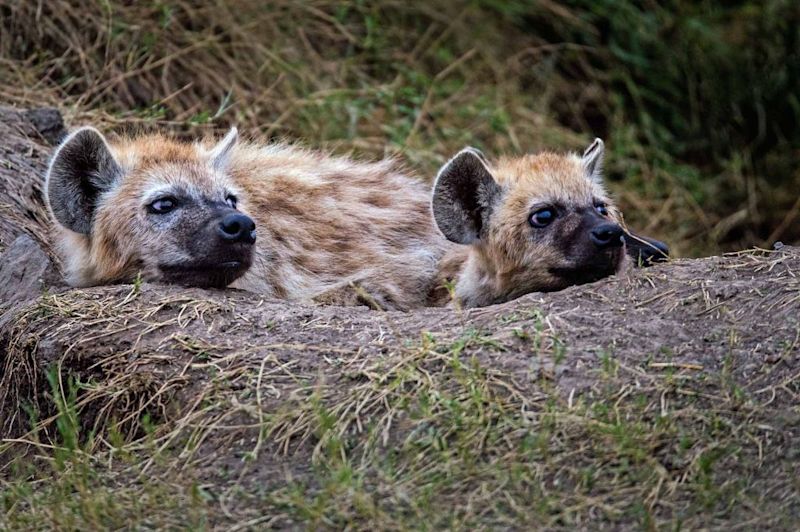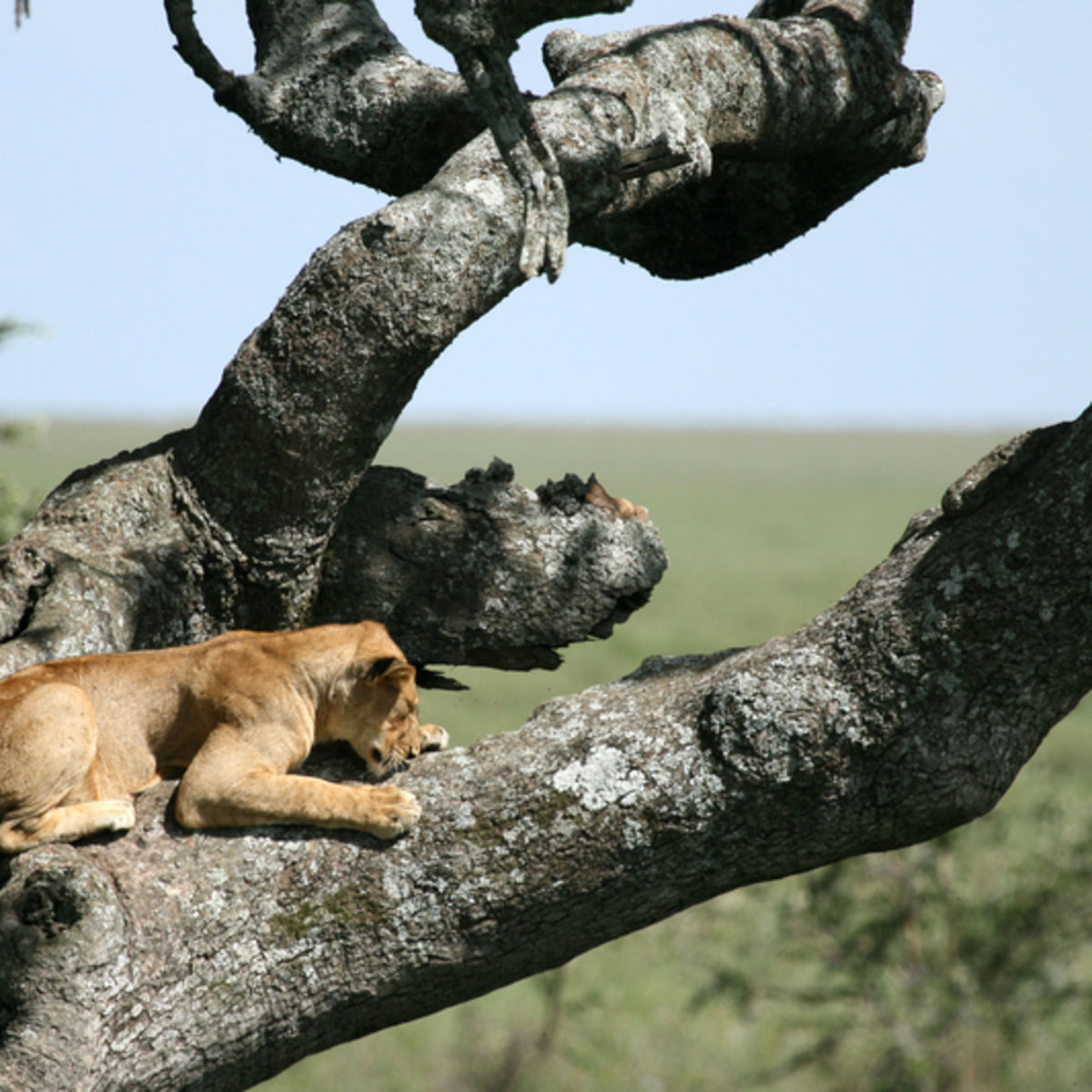
Best time for safari in Tanzania
The dry seasons are the best time for safari in Tanzania. January to March is great for seeing baby animals and lush landscapes. June to October is ideal for seeing LOTS of animals! But there will be crowds. Here's a breakdown of Tanzania's safari seasons.

by Paul Kelly
20 min read
Overview:
- Why the Northern Circuit offers Tanzania's best safari
- What game parks are in the Northern Circuit?
- Overview of the safari seasons
- When is the best time for a Northern Circuit safari?
- Northern Circuit weather by month
Why the Northern Circuit offers Tanzania's best safari
A Northern Circuit safari A Southern Circuit safari A Western Circuit safari
Ngorongoro Crater Serengeti National Park The Great Wildlife Migration A marvellous density of the Big Five One of the highest predator concentrations in Africa

The Northern Circuit is the most popular region in Tanzania for safari because it boasts the UNESCO-listed sites of Ngorongoro Crater and the Serengeti.
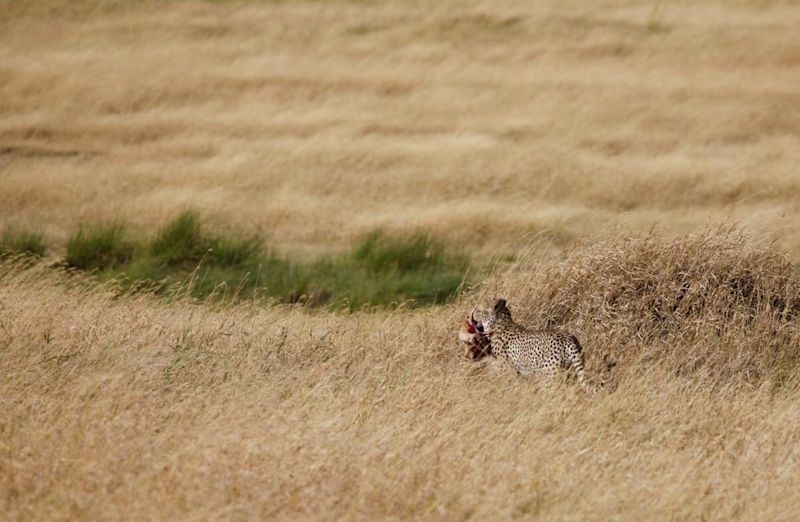
What game parks are in the Northern Circuit?
Serengeti National Park Ngorongoro Conservation Area (which encompasses Ngorongoro Crater) Tarangire National Park Lake Manyara National Park
Map of the Northern Circuit
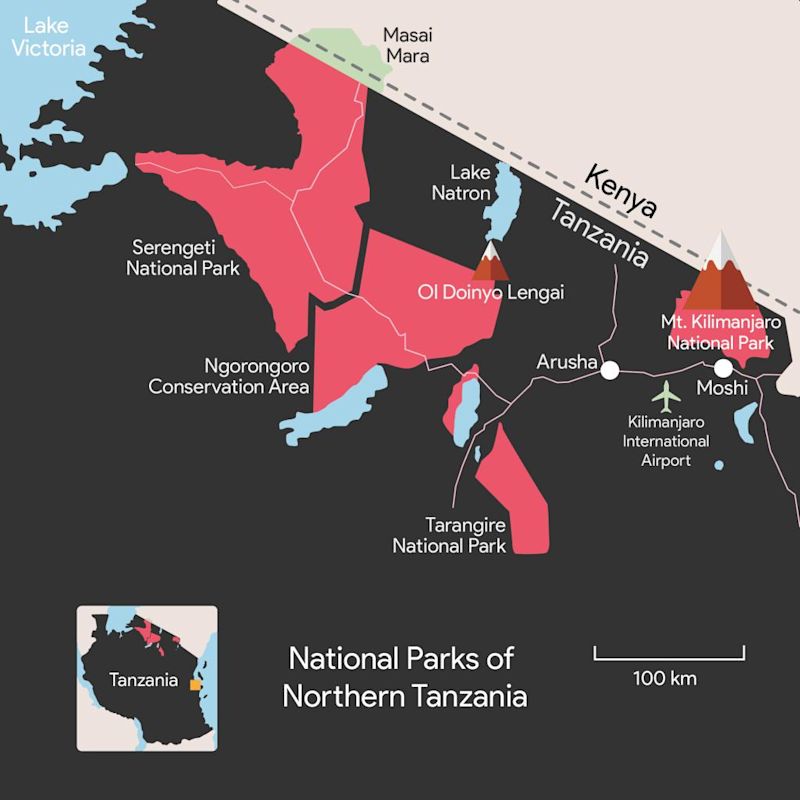
Which of the Northern Circuit parks should I visit?

For a fuller view of the wildlife of northern Tanzania, we recommend visiting Ngorongoro Crater, the Serengeti, and one of the two smaller parks.
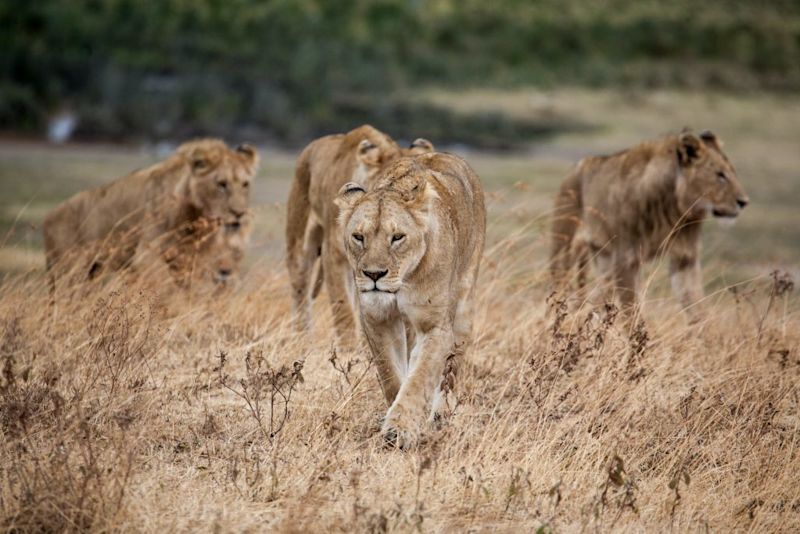
Overview of the safari seasons
1. A short dry season: January to mid March
2. A long wet season: mid March to May

3. A long dry season: June to mid October

June to October offers the best wildlife viewing in all of the parks – the short, dry vegetation makes it easier to spot animals. Also, Lake Manyara and Tarangire see an influx of animals in search of water.
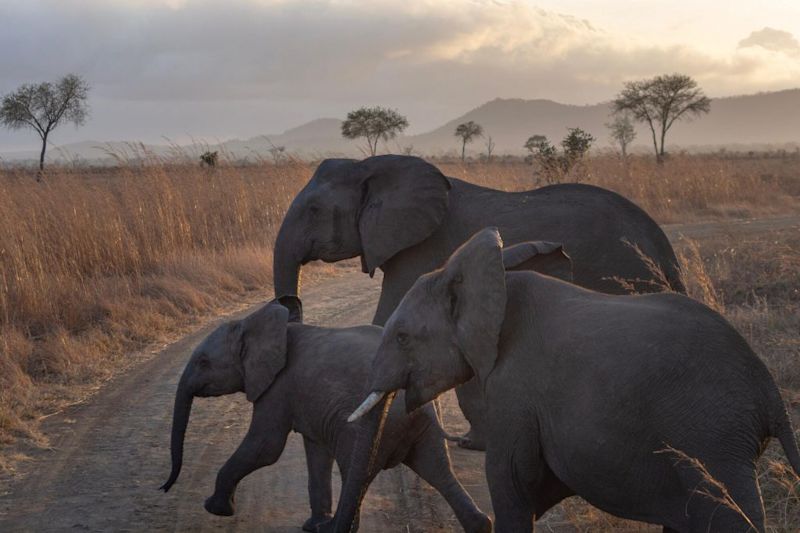
4. A short wet season: Mid October to December
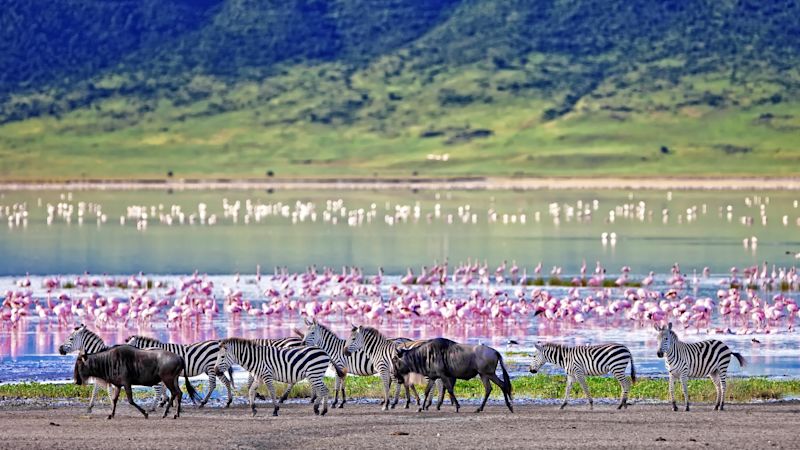
When is the best time for a Northern Circuit safari?

The 'best time' for safari in Tanzania depends on what you most want to see ...

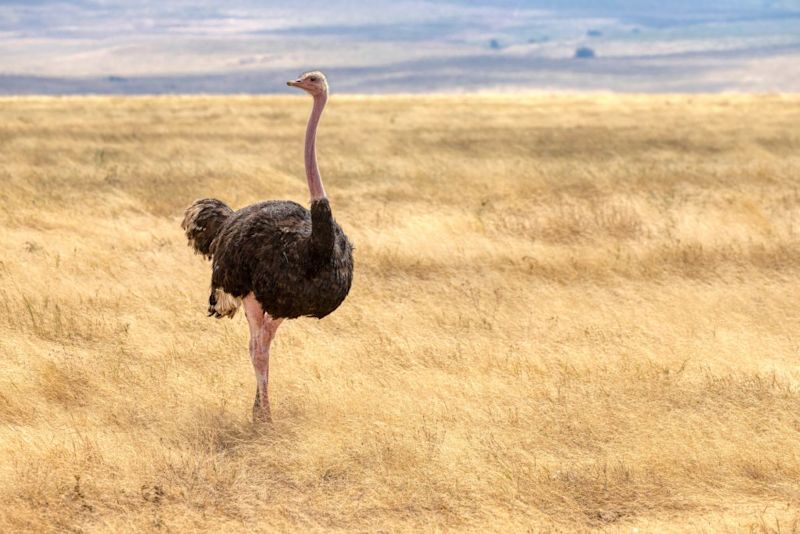
Northern Circuit weather by month
January
Rainfall: Medium Day temp: Very hot Night temp: Mild Visitors: Medium
What's the weather like in January?
It's hot and humid in northern Tanzania in January. There's usually not too much rainfall, though late afternoons sometimes see short-lived storms after the heat of the day. Evenings are pleasant.
What are the pros of a Northern Circuit safari in January?
January sees the start of the calving season. The herds of the Great Migration settle down for a spell in the short grasslands of southeastern Serengeti and western Ngorongoro Conservation Area to give birth. As discussed in 7 truly stupendous fact about the Great Migration , around half a million calves are born every year during calving season! It's wonderful to see spindly-legged antelopes learning to walk and run. Predator action is also high at this time, as lions, cheetahs, leopards and more try to make some easy kills while the herds are vulnerable. Migratory birds from around the world (primarily North Africa and Europe) visit the region at this time of year. And many birds display their beautiful breeding plumage at this time of the year. The parks of the Northern Circuit see some visitors at this time, but they're not as crowded as they are during the long dry season later in the year. So you can enjoy a quieter safari in January.
Are there any drawbacks to visiting in January?
It can get pretty hot, with midday temperatures sometimes reaching 30 °C (86 °F). There's some humidity, which can be uncomfortable, especially for those unused to it.
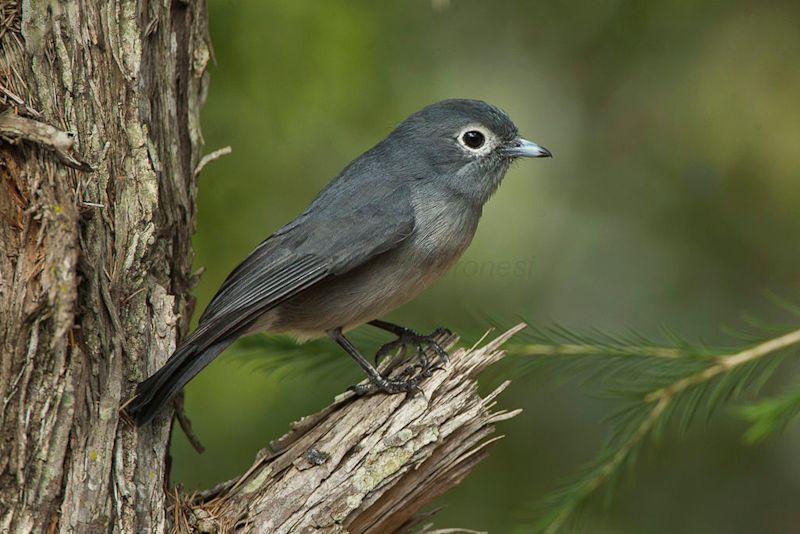
February
Rainfall: Medium Day temp: Very hot Night temp: Mild Visitors: Many
What's the weather like in February?
The days are very hot and humid. The skies tend to be clear, though short-lived afternoon thunderstorms are common.
What are the pros of a Northern Circuit safari in February?
February is in the heart of the birthing season! Hundreds of thousands of hoofed animals like zebras, wildebeests and gazelles are born at the beginning of every year in the grasslands of the parks. It's a real treat to see spindly-legged animals learn to walk besides their mothers. Predator action remains high around the antelope herds. Many migratory birds are in residence in the parks. And it's breeding season, so males have on their prettiest plumage to attract mates. The thunderstorms can be a cool experience for this unused to dramatic afternoon storms after a very hot day. The parks don't receive as many visitors as they do during the long dry season, so you can enjoy a less crowded safari.
Are there any drawbacks to visiting in February?
It can be very hot during the day.

If you're keen to see baby animals being born, February is a fantastic month for a Northern Circuit safari!
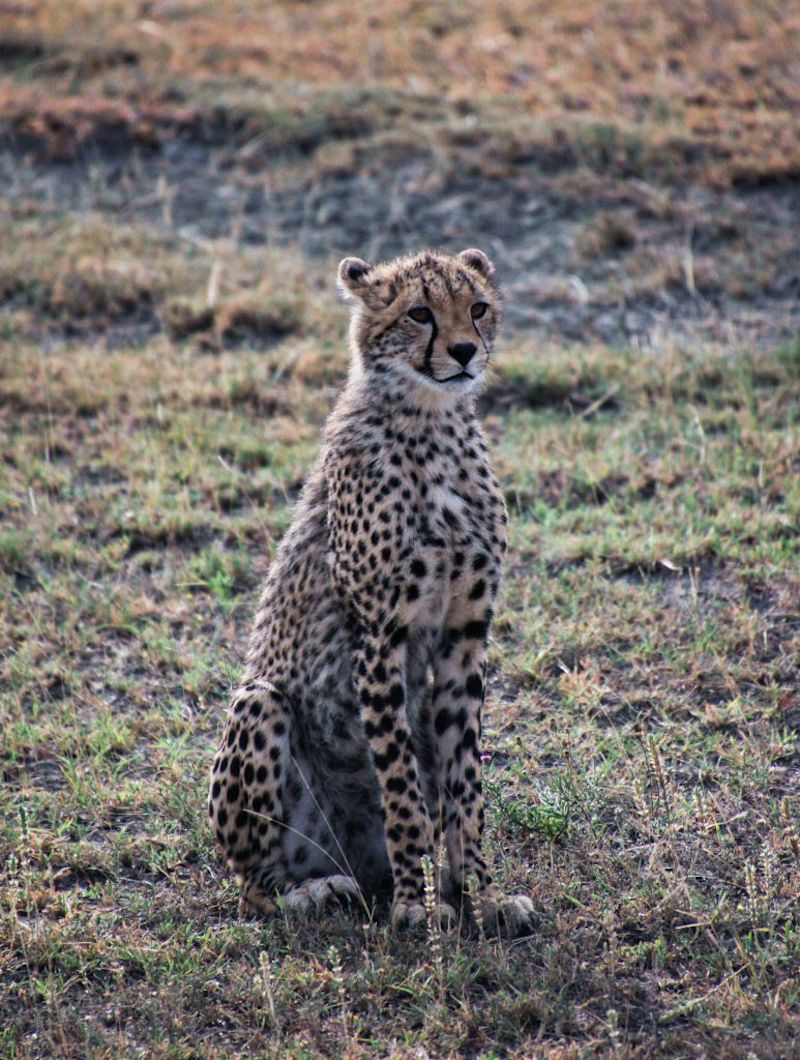
March
Rainfall: Heavy Day temp: Very hot Night temp: Mild Visitors: Very few
What's the weather like in March?
At the beginning of the month you tend to still have dry, hot days. By the end of the month, the rains have usually set in.
What are the pros of a Northern Circuit safari in March?
Early March offers good conditions for game drives and very good animal spotting. March is still part of the birthing season, which sees hundreds of thousands of newborn animals being born! You can often enjoy some beautifully stormy skies in March. Great for photographers! The parks are fairly uncrowded in March.
Are there any drawbacks to visiting in March?
If the rainy season starts early, you could have some wet days. The days are still pretty hot.

It's safer to head to the Northern Circuit in early March rather than late March, as the rainy season usually starts somewhere around the middle of the month.
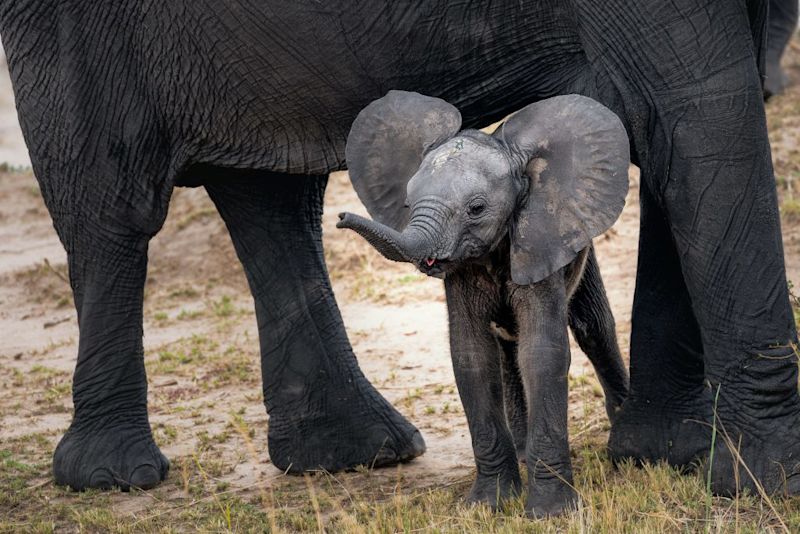
April
Rainfall: Very heavy Day temp: Hot Night temp: Mild Visitors: Very few
What's the weather like in April?
There's a lot of rainy days. There's high humidity.
What are the pros of a Northern Circuit safari in April?
The parks are pretty empty of visitors in the long rainy season, so you can enjoy a wonderfully quiet safari at this time of year. The vegetation is very beautiful, with lots of flowering plants springing to life, and wildflowers cropping up across the landscape. The dramatic, stormy skies can make for beautiful photographs. The animals of the Great Wildlife Migration are usually on the move within Serengeti at this time, with their young in tow.
Are there any drawbacks to visiting in April?
If there's heavy rain, your view of the animals will be obscured. Conditions in some places can be become very muddy and, on occasion, impassable. As the vegetation is lush, certain animals are harder to see, either from being camouflaged or hidden. It really helps to do a game drive with an experienced safari guide who can help you to find hard-to-spot animals.
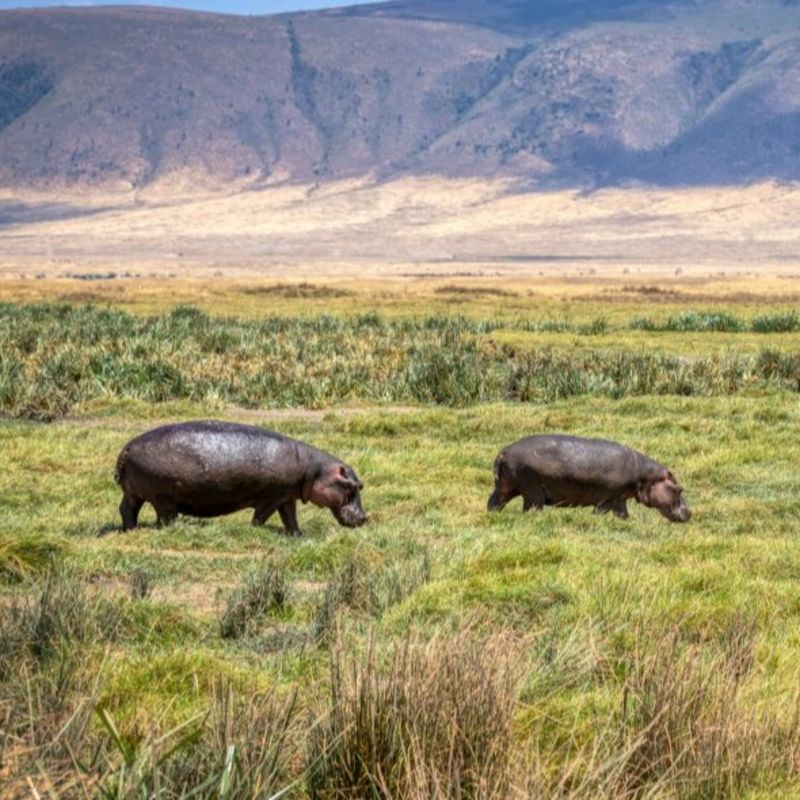
May
Rainfall: Medium Day temp: Warm Night temp: Mild Visitors: Very few
What's the weather like in in May?
There's heavy skies and some rain in early May. Nights are reasonably pleasant temperature-wise. The weather tends to turn mid May, with late May often often offering very good safari conditions.
What are the pros of a Northern Circuit safari in May?
The biggest pro of a Mary safari would probably be the landscapes, which are incredibly beautiful after all the rain and warm temperatures. You can expect green grasslands, thick woodlands, rushing rivers and lots of colourful flowers. Another pro is the empty parks – almost nobody chooses May for a safari in Tanzania.
Are there any drawbacks to visiting in May?
Obviously, the big drawback is the possibility of a day – or days – of rain. But in late May, the Serengeti is actually relatively dry. You could well struggle to visit certain low-lying areas like wetlands.

June
Rainfall: Low Day temp: Warm Night temp: Cool Visitors: Medium
What's the weather like in June?
The days are warm, but not too hot. The nights are cool. By the end of the month the skies are generally clear and cloudless.
What are the pros of a Northern Circuit safari in June?
As the start of the long, dry season, you tend to have clear-skies days, which are great for game spotting. The landscape is still lush and pretty, but the rains are mostly gone. The parks aren't yet as crowded as they become in July.
Are there any drawbacks to visiting in June?
There could still be some rain in early June. The grass hasn't dried up yet, so some animals may be harder to spot.

From June to October, Tarangire has the highest concentration of mammals in all Tanzania. It's 100% worth a visit!
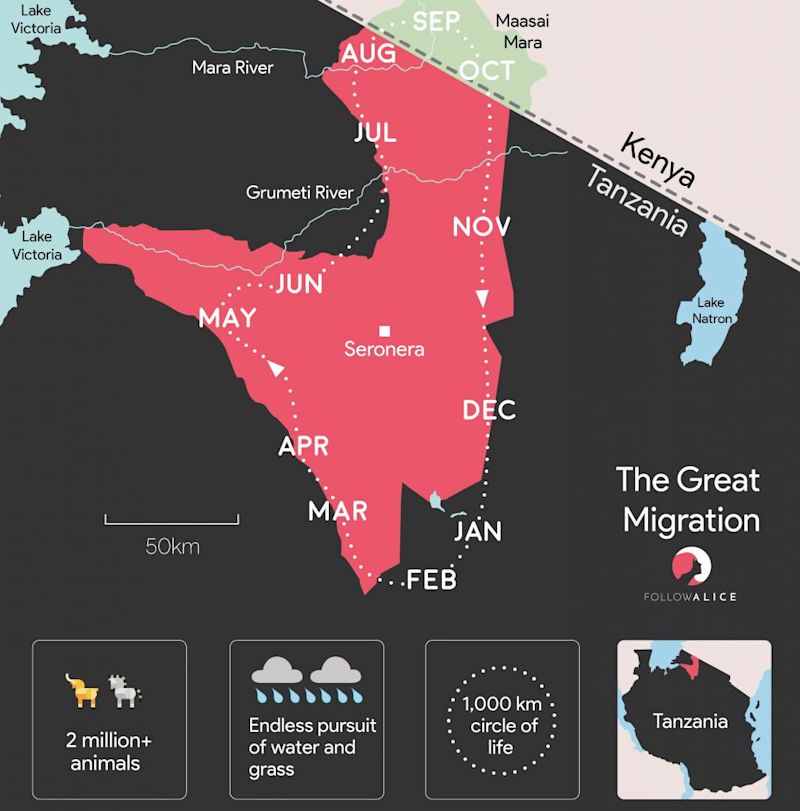
July
Rainfall: Very low Day temp: Warm Night temp: Cool Visitors: Many
What's the weather like in July?
You can generally looks forward to warm, sunny days with no rain. Evenings are pleasantly cool, even a touch chilly on occasion.
What are the pros of a Northern Circuit safari in July?
July is a great month for game spotting. Animals start to congregate around river and waterholes, making them easier to find. The shorter grasses also make game spotting easier. You don't tend to get mosquitoes at this time of year. The herds of the Great Wildlife Migration are busy heading north through Serengeti, and you could get luck and see see a river crossing!
Are there any drawbacks to visiting in July?
Visitor numbers start to rise in July, so the park and its campsites will be buzzing with people and 4x4s. Crowds can scare off wildlife, so you want to have a safari driver who knows where to head to avoid the worst crowds.

There's a good chance of seeing a Great Migration river crossing in northern Serengeti National Park from July to September.
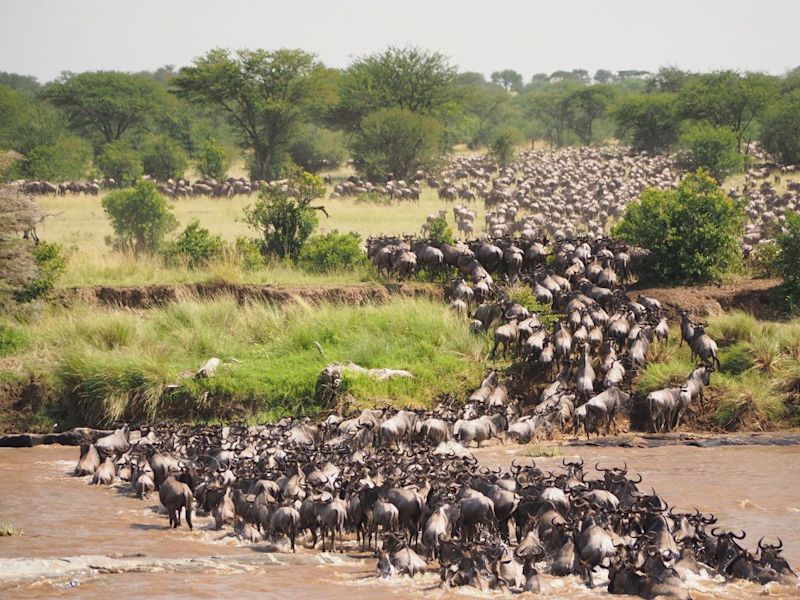
August
Rainfall: Low Day temp: Warm Night temp: Cool Visitors: Many
What's the weather like in August?
The weather is really pleasant in August. The days are warm and sunny, while the nights are cool and still. Good for stargazing. There's very little humidity and fewer mosquitoes at this time of year too. Nice!
What are the pros of a Northern Circuit safari in August?
The weather is very pleasant for game drives, as there's no rain, and it's not too hot. It's also not humid. The herds of the Great Migration can be seen moving north through the Serengeti, and some will likely be crossing the Mara and Grumeti Rivers, which is an amazing and formidable sight! Many large animals like elephants congregate around the waters of Tarangire River at this time. So we highly recommend visiting this park if you come in August in addition to Serengeti and Ngorongoro Crater.
Are there any drawbacks to visiting in August?
The Serengeti and Ngorongoro Crater can become quite crowded in August. This is one of the reasons why visiting a smaller park as well offers a nice counterpoint, affording you a quieter game drive as well.

The days are warm and dry in August, and the skies are clear and blue. This is excellent safari weather!!
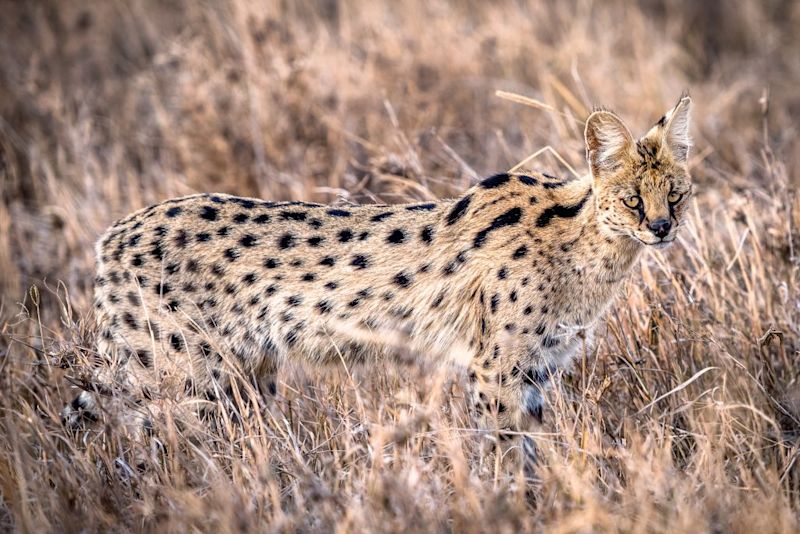
September
Rainfall: Low Day temp: Hot Night temp: Cool Visitors: Many
What's the weather like in September?
September is dry and mild. The days can be hot, but not too humid. Nights are cool.
What are the pros of a Northern Circuit safari in September?
The grass is very brown and short by this stage of the year, so the wildlife spotting conditions are excellent . Animals are thirsty for water, so they tend to congregate around water sources, making them easier to find. Water levels have gone done notably, which makes hippos easy to spot. The days are still pleasant, with no rain and little humidity.
Are there any drawbacks to visiting in September?
The parks are still relatively crowded, so you can expect to see plenty of other vehicles, especially in Serengeti and Ngorongoro Crater. The landscape is very brown, so it isn't as pretty or restful as it is during the wet seasons.

September is a busy month along the Northern Circuit, as the dry conditions offer really good game viewing.
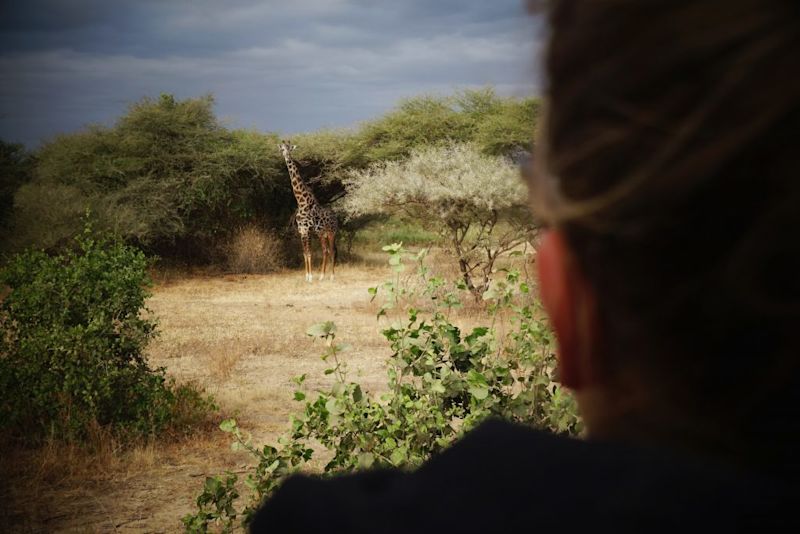
October
Rainfall: Medium Day temp: Hot Night temp: Mild Visitors: Many
What's the weather like in October?
October is the turning point that sees the end of the long dry season and the start of the short rainy season. Obviously the arrival of the rains varies year by year, but tends to come around mid October. The days are hot, but not as hot as they become at the end of the year.
What are the pros of a Northern Circuit safari in October?
Early October is still part of peak season in the Northern Circuit and offers really good game spotting conditions. Thirsty animals are looking for water sources, so those who go the watering holes and rivers, find lots of animals! The short grass makes animals easier to see and photograph.
Are there any drawbacks to visiting in October?
If the rains arrive early, you could find your game drives hampered.

If your perfect safari is just about seeing as many animals as possible, then early October is the perfect time for a Northern Circuit trip.

November
Rainfall: High Day temp: Hot Night temp: Mild Visitors: Few
What's the weather like in November?
The days are warm, wet and humid in November. Nights are mild.
What are the pros of a Northern Circuit safari in November?
The vegetation is fresh and beautiful, and often not too long or dense as yet to hide many of the animals. The parks are emptied out of visitors, so you feel you're having a much more private safari. Migratory birds from the north start filling up the parks, so this is exciting for bird lovers.
Are there any drawbacks to visiting in November?
The rains settle in, so you'll want to bring waterproof clothes. Dense vegetation can make certain animals hard to spot. It really helps to have a trained safari guide (like our Kazi) with you if going on a wet-season safari. Heavy rains can make safari drives difficult or impossible. You can still drive in light rain, but it does make animal sightings a little harder, and tends to limit photography options.

From November to April, Lake Manyara offers excellent bird watching. You can canoe on the lake, which is great for seeing its vast array of waterbirds.
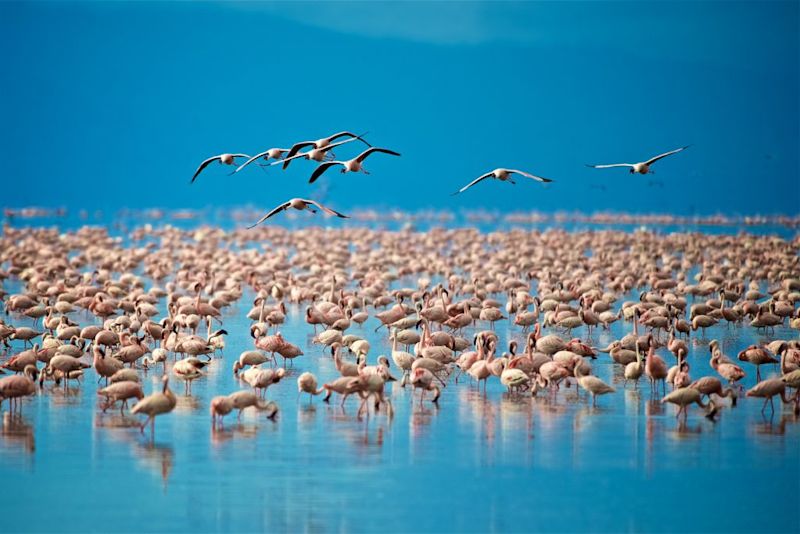
December
Rainfall: High Day temp: Hot Night temp: Mild Visitors: Medium
What's the weather like in December?
The days tend to be hot and humid. The rains are unpredictable and can make game drives difficult.
What are the pros of a Northern Circuit safari in December?
The parks remain quiet and uncrowded. There are excellent bird-spotting opportunities, especially in Tarangire National Park, which has the highest number of breeding bird species anywhere in the world!
Are there any drawbacks to visiting in December?
Certain parts of the park (the low-lying regions) can be difficult to visit when they become waterlogged.
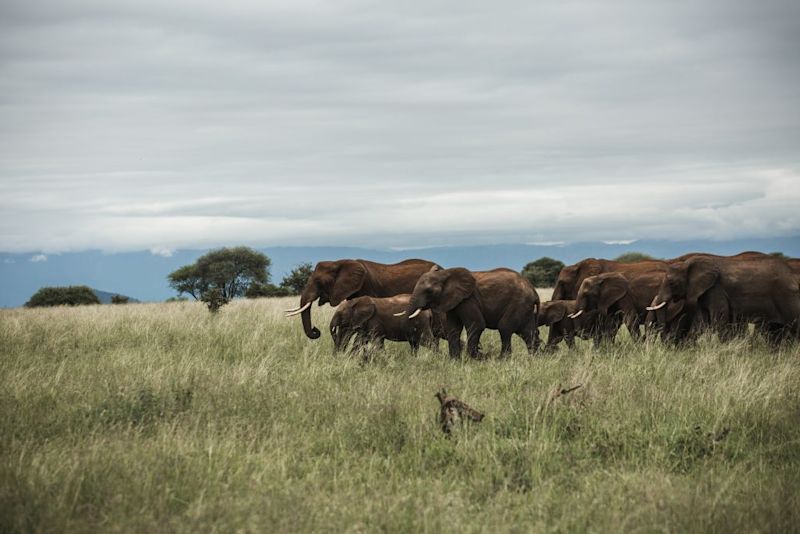
Is it your turn for a Tanzania safari?
